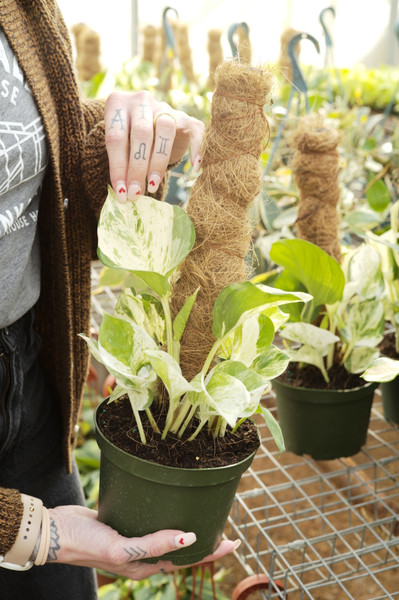Clematis
Posted by Aaron Barton on Mar 4th 2023
Clematis
Belonging to the buttercup family, Ranunculaceae, Clematis are unmatched in their versatility and beauty, offering a variety of well over 250 species, including the North American native C. virginiana, as well as hundreds of cultivars to appeal to the casual gardener and avid collector alike.
Vining Clematis are categorized by bloom time to help simplify their care, excluding non-vining herbaceous Clematis such as the shrubby C. integrifolia, which dies back to its woody base each winter. While not necessarily required, yearly pruning will promote better blooming performance and healthier, more attractive plants.
Group One: early flowering, setting bud only on old wood (previous season’s growth). If desired, prune immediately after flowering in mid-summer, no later than late July. Regular pruning not necessary aside from removing dead or broken stems or light shaping.
Group Two: early large-flowered hybrids, blooming twice: first in late spring through early summer from buds formed on the previous year’s growth, then in mid-summer to fall from new buds. Prune in late winter or early spring, remove dead or weak stems, and cut back remaining stems by a third above a pair of strong, swollen buds.
Group Three: late flowering, blooming from mid-summer to fall only on the current year’s growth. Includes the first modern large-flowered hybrid Clematis, ‘Jackmanii,’ fall-blooming C. paniculata ‘Sweet Autumn,’ as well as C. viticella and C. texensis varieties. Prune in late winter or early spring one to two feet up from the base of the plant, leaving at least two bud pairs per stem.
Ranging in length from a few feet to over 20 feet, Clematis prefer moist, well-drained soils in full sun but will tolerate part shade, ideally positioned with “warm faces and cool feet.” Mulch well, leaving space near the crown, and position nearby plantings to help keep Clematis roots shaded and cool while their blooms soak up the sun. Plant Clematis with their root ball one to two inches below ground level to keep the crown cool and protected. Before planting, cut stems back to 12” tall above a pair of low buds with a sterile blade to minimize breakage and encourage branching and the formation of additional shoots. Avoid moving Clematis after planting and allow them at least three years to reach maturity.
Support vining Clematis with a trellis, tripod, or sturdy plant to allow their twining leaf petioles to climb, requiring some initial training to take hold. Avoid stem breakage, which can introduce Clematis wilt, a fungal disease mostly affecting younger large-flowered hybrid vining Clematis.
Happy planting!

